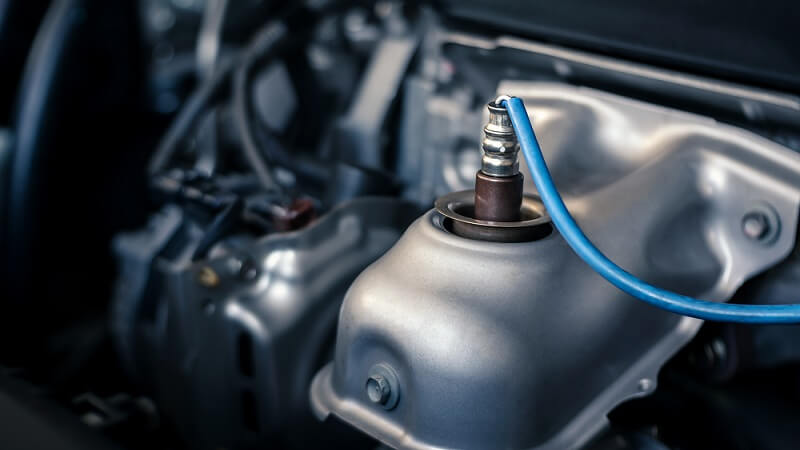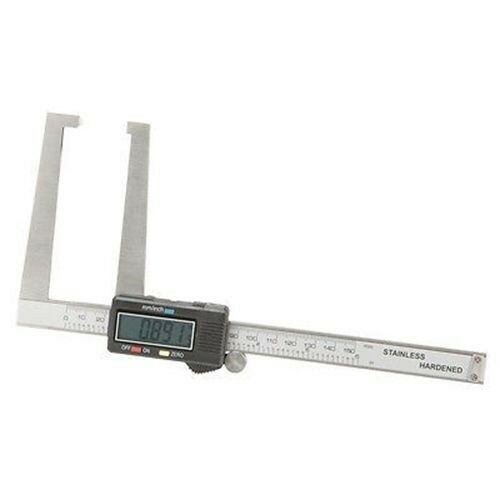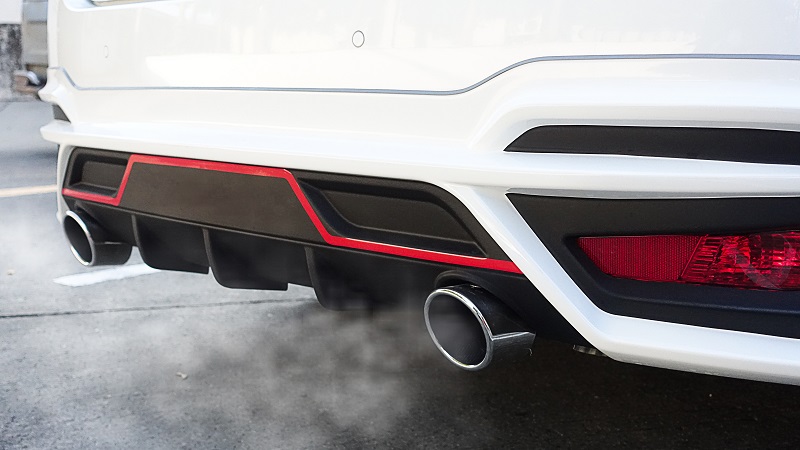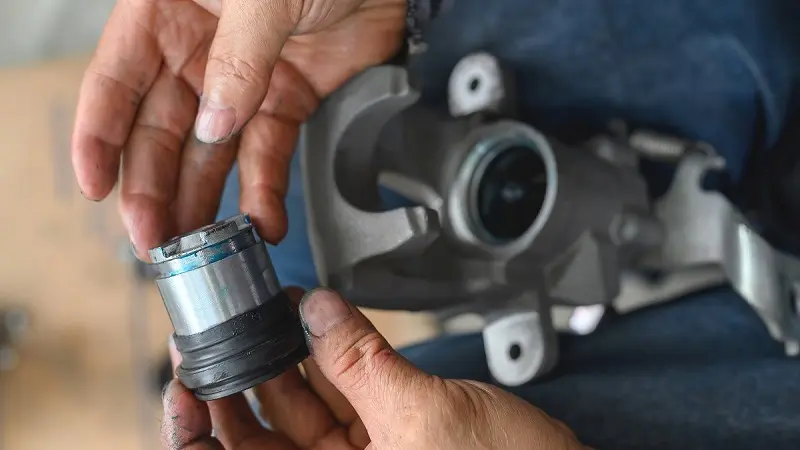Brake pads and rotors can be expensive, that’s why we all want to know and to be sure what we pay for. If your pads are worn down so that the metal backing plate grinds against your rotor means that you need to replace them immediately, or your brake calipers may get damaged, because of trying to squeeze the missing brake pad, the pistons can slip out during this process. Here are some examples which can help you to recognize the brake system failure.
When Should I Replace Brake Pads?
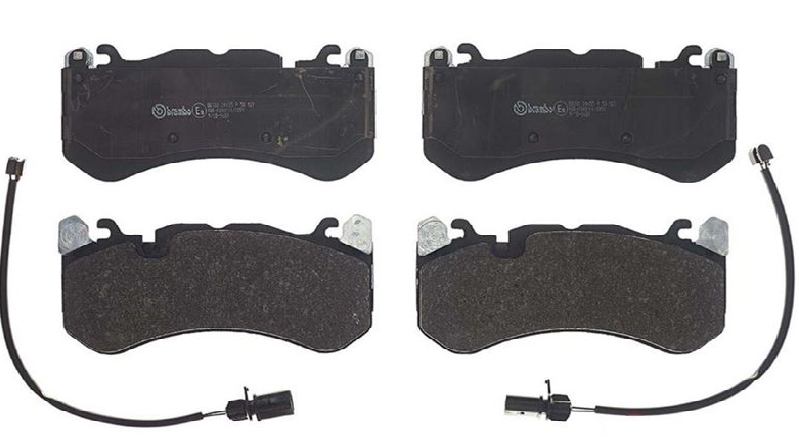
If there is a vibration of metal rotors, drums, or brake pad backing plates you can hear a loud noise during the brake application. Because of the excess corrosion, a lot of rust can form over time on non-contact, outer perimeter areas of rotors and drums, which can be the main reason for this cause.
Most of the brake pads have sensors in them. The metal sensor usually becomes defined and makes contact with the disc when a 12 mm thick brake pad is 3mm worn out. On new vehicles, the display will show this warning. If the brake pads are worn to about 25%, they need to be replaced, it also depends on how you drive.
Measure, after how many miles this has happened, and divide it by three just to see how many miles left to reach the brake pads’ worn-out condition. At 3 mm thickness remaining, you’ve got a little time left. If it’s 1 or 2mm, contact your mechanic or order the parts if you are going to replace them by yourself. Check out our step-by-step guide on how to replace brake pads.
By checking the thickness of your brake pads to escape the brake pads failure, it’s good to know as well about the outboard and inboard pads on the side of the rotor. Outboard pads you can see easily, but to see the inboard pads you need to remove the wheels or to lean down. Depending on a vehicle and how you drive it, inboard pads can get worn faster, so we can not fully trust the measurement of the oldness of brake pads. It’s good to know as well when replacing a set of new brake pads and rotors, which may cause the edge of the new pad to rub the lip, which can make a louder noise than the previous sets.
Clicking noise from the wheels after depressing or releasing the brakes indicates pads are shifting around improperly. Because pads are under pressure between the caliper and brake rotor, built-in ‘anti-rattle’ clips, put the pads in place. Eventually, the still spring clips can become breakable and brittle also, which can cause vibration and making noise when braking. If all these are happening, it means they are also worn out, and it’s time to replace them.
When Should I Replace Brake Rotors?
On worn brake rotors, if you follow the rotor to the edge, you can usually see a noticeable lip. This lip is created as the brake pads don’t normally contact all of the rotor surfaces and therefore leaves an outer lip when the rotors are worn down. It’s very common in cold weather when getting the brakes extremely hot under repeated heavy use can lead to metal expansion which also causes more contact where it shouldn’t be.
The shimmy caused by the warping of the brake rotors, which makes the steering wheel vibrate when you apply the brakes. The work of slowing a car against the pull of gravity occurs at the brake rotors, finely machined cast-iron disks about the size of a dinner plate. The rotors spin along with the wheel. When you apply the brakes, brake pads squeeze against the rotors to stop the car. This shimmying vibration is transferred from brake calipers directly through wheel hubs, axles, suspension subframes, and the vehicle frame itself to where it’s felt.
If your steering wheel shakes when you brake, you probably have an issue with your brake rotors. Over time rotors can become warped, meaning that they lose their smooth, even surface. When that happens, every time you go to hit your brakes, the brake pad encounters a surface that isn’t entirely smooth, and the braking gets very bumpy. Rotor shimmy can happen when your car stays long in the rain or in a moist climate. When changing a rotor, heat spots or glazing can form on the rotor after the iron compounds due to overused heat.
If your brake rotors have sufficient metal remaining with no hard spots, cracks, severe grooving, or rusting, then the rotors could be resurfaced. Resurfacing restores a flat and even surface that minimizes vibrations and allows for maximum brake pad friction. Installing new pads on a grooved brake rotor will not let the pads to make full contact with the brake disc, and eventually, the pads will wear down and fully seat themselves into the contours of the brake discs, but this will only decrease the life of the brake pads. If the rotors become thicker after resurfacing them every time, then it’s better to replace them.
Check out our infographic on How to Choose Brake Discs For Your Car for more help.
Other Brake Components Need Addressing When

When you are breaking, your car keeps pulling to one side more, which means that your brakes are grabbing somewhere to one side one more than the other. The reason can be calipers, wheel cylinders, or drum brakes when they become corroded and don’t move properly to spread the pressure on brake pads.
A brake fluid leak onto a rotor or drum surface can cause pulling your vehicle more to one side. Brake fluid is not the same as a lubricant. It becomes more sticky which can cause the brake to pull harder than the other. Brake proportioning valves can cause this failure as well. The proportioning valve reduces the fluid pressure to the brakes. This can happen not so often, just a very rare option.
If there is a leak in the system, then the fluid compression can not build-up properly. If you can not see this leak on your wheels or along with the breaks, then better to check the master cylinder assembly located under the hood. The master cylinder has pistons that move the fluid through brake lines out to the four-wheel brakes.
Also, it can be a reason in internal seals which may become bad, they start to reduce the movement of the fluid inside the master cylinder with a little leak. If it becomes tough to apply on your brake pedals, then it means your brake booster is compromised. In this case, it needs to be replaced immediately.



